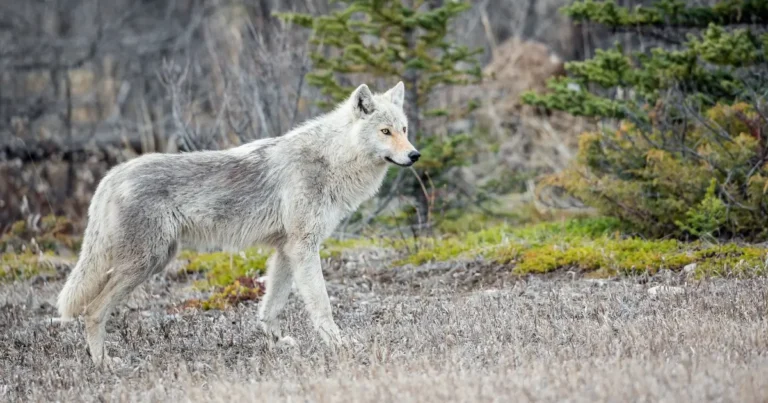
According to the CBC, Marley, a Great Pyrenees mix, disappeared from his rural property last week. Within a few hours, his owner, Angela Bowring, was searching for him and calling on neighbours. What she found four days later broke her heart.
"It was absolutely atrocious, it was devastating,” Bowring told the CBC. “You don't expect to find them that way.I was hoping that he would be caught—maybe injured—but still alive.”
The scene was within a kilometre of her home on a neighbouring farm property. Another resident whose own dog was caught and maimed – but not killed – in the same nest of snares.
"There [were] carcasses everywhere,” Bowring said of the bait pile and set of snares. “A moose head, some deer legs, spines, mainly wildlife but there [were] even some farm animals were in there. And they put these wire-like cables in the bush around it, and hung them above the ground, and then the animals walk right into it.”
There are two vital issues not being addressed in this article that must be addressed in public policy, particularly for the benefit of those who make their living with livestock or on rural properties.
First, the concept that “predator management” is necessary and effective to prevent depredation on livestock is absolutely false. Numerous studies are proving that this model actually increases populations of many predators like coyotes, and can actually be contributing to higher rates of depredation. Not only that, but non-lethal methods that are ecologically – and economically – superior are working on ranches around the world, including in Alberta at The Grazerie.
And, of course, the baiting must be addressed. Bait piles such as the ones described by Bowring are common. Trappers will lure in their targets with large quantities of meats and set up snares or other traps around the bait pile. As they approach, they become trapped – sometimes they are killed quickly, and others they are left to suffer for days. This method of trapping is dangerous for obvious reasons: it creates an attractant on the property – where predators may not have ventured or stayed before. And it’s not only the targeted animals being lured onto the properties – dogs (as we can clearly see) are attracted, as well as other predators of scavengers, including at-risk or endangered animals.
While some landowners may desire the falsely labelled “quick” fix of lethal management, the true nature of co-existence and scientifically-backed non-lethal approaches are growing in popularity. And, in time, we hope to see subsidies created to support them, rather than the outdated, brutal and lethal response of past generations.
Sadly, none of this will bring back Marley, or any of the other animals slaughtered by traps. But we can move forward confidently, knowing we are working hard to prevent more animals from this needless suffering and loss.
monthly donor (for as little as $5/month – the cost of a single latte) please click here and help us save lives today.

